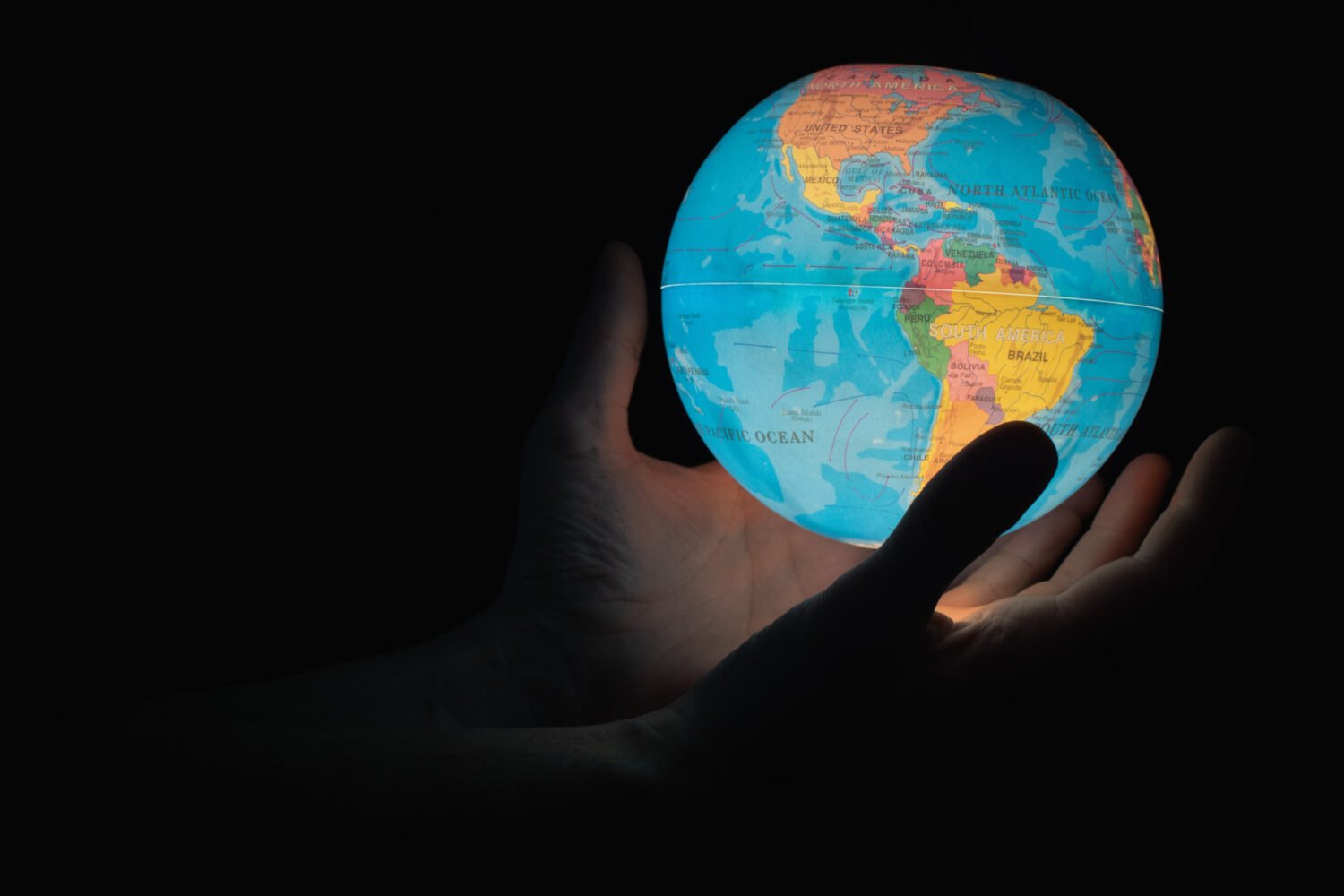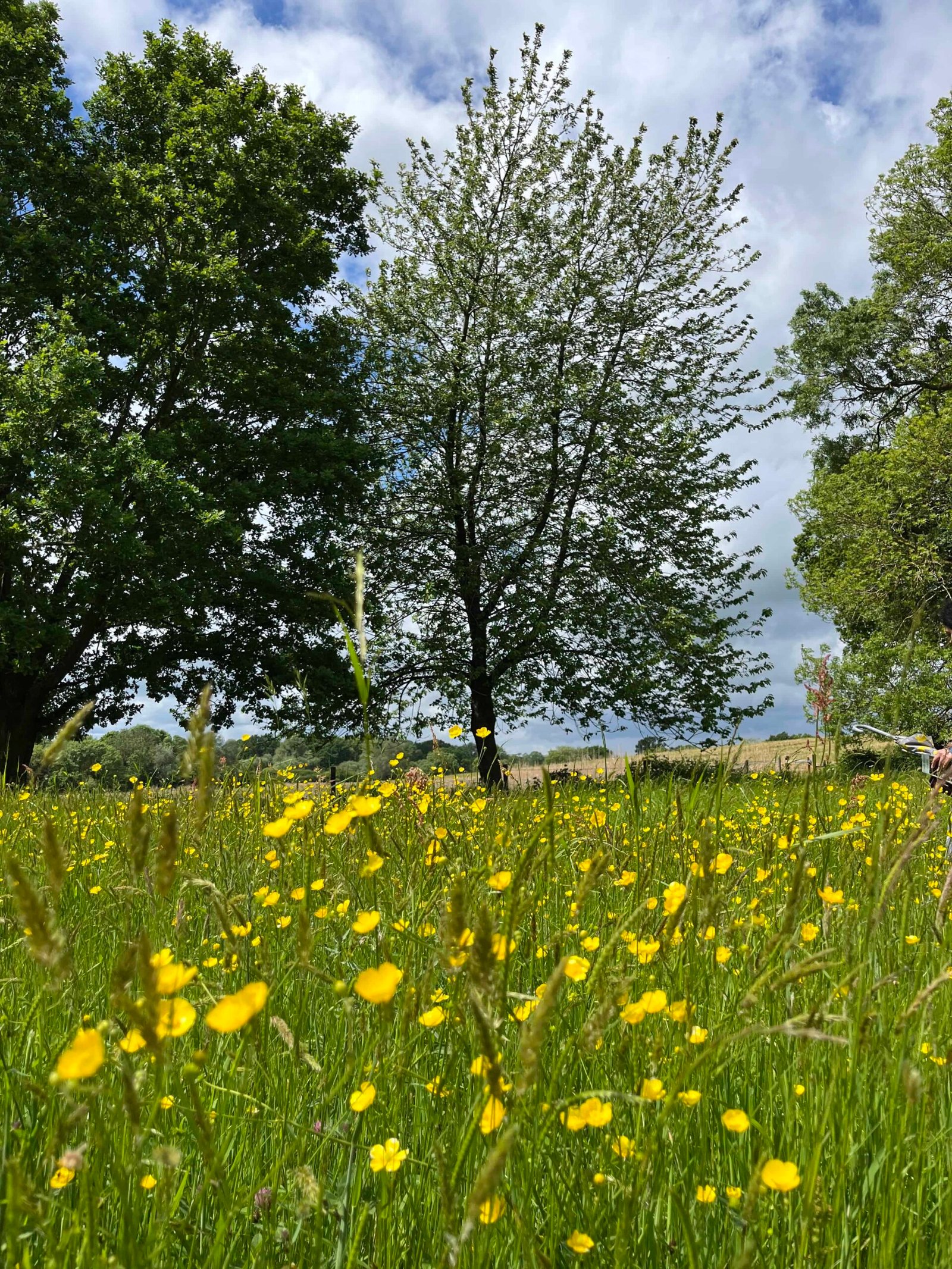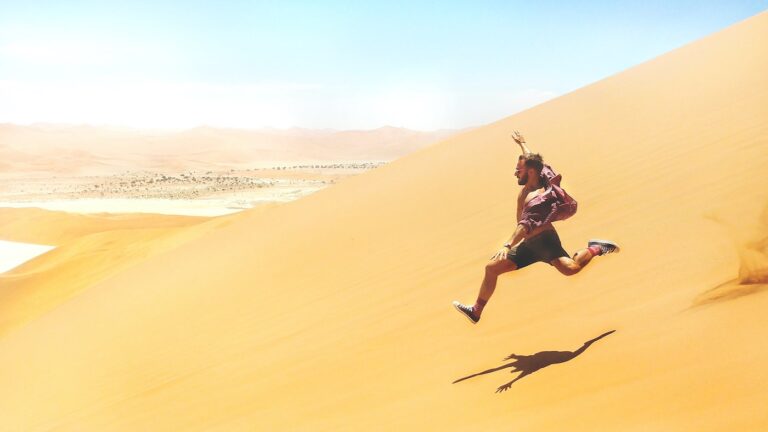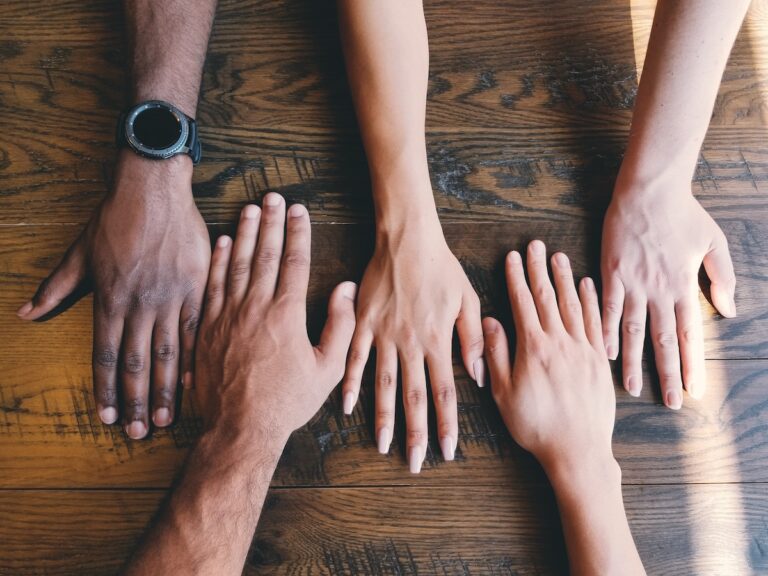These 18 nonprofits will leave you with hope. Their causes covering human issues such as clean water, to environmental protection.
But why choose to support a non-profit organisation and charity? Well, all its money (donated or earned) goes into maintaining its aims. Meaning your money or volunteering time is used in the best way possible.
Below is a list of charities we’ve researched and liked, but it’s only our opinion, we therefore suggest you check them out before deciding to support them, and their cause. Unless stated, these charities work all around the globe, and have been reviewed based on accounts, their objectives and several charity watchdogs such as;
- Charity Navigator: Assess and evaluates nonprofit organisations. Its ratings include an encompass rating for younger charities, and a star system for older charities.
- GuideStar: Provides a rating based on the nonprofit’s transparency.
- GreatNonprofits: Reviews from volunteers, clients, donors, advisors, members of the public and experts in the field.
- CharityWatch: nonprofit watchdog.
World Resources Institute
Seven areas of concern guide the actions of World Resources Institute (WRI); Climate, Energy, Food, Forest, Water, Cities and Ocean. They conduct research into these areas, analyse damages, risks and how best to help. Using this research, they come up with action plans that are presented to governing bodies, organisations, local communities and businesses – in order to both test and implement change. Aiming to create a sustainable future that helps throughout all of society.
Rather than combating businesses, the World Resources Institute works with them to help assess their sustainability and to improve upon it. They also recognise that those most impacted by the draining of natural resources, and climate change, are those that had the least impact in creating it. The WRI looks to tackle this by working with both the public and private sectors to help combat water and air pollution, climate change, and to provide access to affordable clean energy sources.
In just looking at one of their seven core areas; food, the WRI researches and advises on ways to work in partnership with the environment (climate-smart agriculture), reduce food waste, increase food production, sustainability, and to improve land and water management.
In recognising the changes needed, from small to large scale, corporate and public, the WRI are able to implement action that lasts for the long-haul.
World Central Kitchen
Provides emergency food relief following disasters both man-made and natural, and where possible will try to create long-term systems of support. In 2018 alone, they delivered five million meals. World Central Kitchen also build, overhaul and repair kitchens in the community and at school. So far, they’ve done a 150.
They also help to advocate for safe cooking environments and have installed running water and sinks for women to have access to, both at home and at work. Alongside this, they’ve trained 705 school and community cooks to help with sanitation and safety, whilst also running a culinary school in Haiti, with 40 individuals graduating a year, and with internships to jobs arranged for them afterwards. If this wasn’t enough, they also have a program Food Producer Network which works with small farmers, food businesses and fisheries to support, grow, and sustain local food resources.

Image is courtesy of Clem Onojeghuo from Unsplash
Environmental Investigation Agency
The Environmental Investigation Agency exposes wildlife crimes, from illegal logging, animal trade to hunting. Working as hard on-land as they do for the sea; collecting evidence and research on plastic pollution, to the problems of industrial fishing with discarded gear, commercial exploitation, and by-catch. They also look at the pressing concern of climate change, and the damage to biodiversity.
Their successes include banning fraudulent HFC Carbon Credits in the EU, new ways to curb illegal timber trade, global ivory trade ban at CITES, fought against commercial whaling and much more. Furthermore, they’ve revealed illegal activity and conspiracies worldwide, as well as putting pressure on corporations to change their activities and working attitudes, such as Google’s ad for whale and ivory products. The Environmental Investigation Agency work hard to provide the evidence needed to make change, while campaigning for better protection.
Refugees International
Independently funded – so as to speak freely and honestly – Refugees International, advocates for those who have been displaced by conflict, disasters, pandemics, climate change, politics, economics etc. Campaigning for stronger human rights, greater support, and fair treatment. Refugees International has been working since 1979 to investigate situations, gather research and present long-term solutions on how best to help, to then advocating for this change.
Amazon Conservation Association
As the name suggests, this charity focuses on the Amazon Rainforest; “By combining our boots-on-the-ground approach with the latest in science and technology, as well as working to empower local peoples, governments, and indigenous communities, we are making a difference to save the Amazon.”
Protecting the Amazon is no empty phrase here – from its inception date in 1999, the Amazon Conservation Association has protected over 8.15 million acres of rainforest. It’s achieved this through a range of methods that include; creating new conservation areas (they’ve helped create 25); linking habitats; and facing its threats. Amazon Conservation Association also uses science – for example research stations – to further understand biodiversity, conservation methods, ecology, how best to help, and to employ technological advancements in conservation such as, Real-Time Deforestation Monitoring. They also understand the importance of encouraging the next generation to continue in its love, protection, and knowledge of the Amazon; through education; scholarships (having provided 240, as of 2021); training (having trained 20,000 people so far) and support, by partnering with 25 local communities.
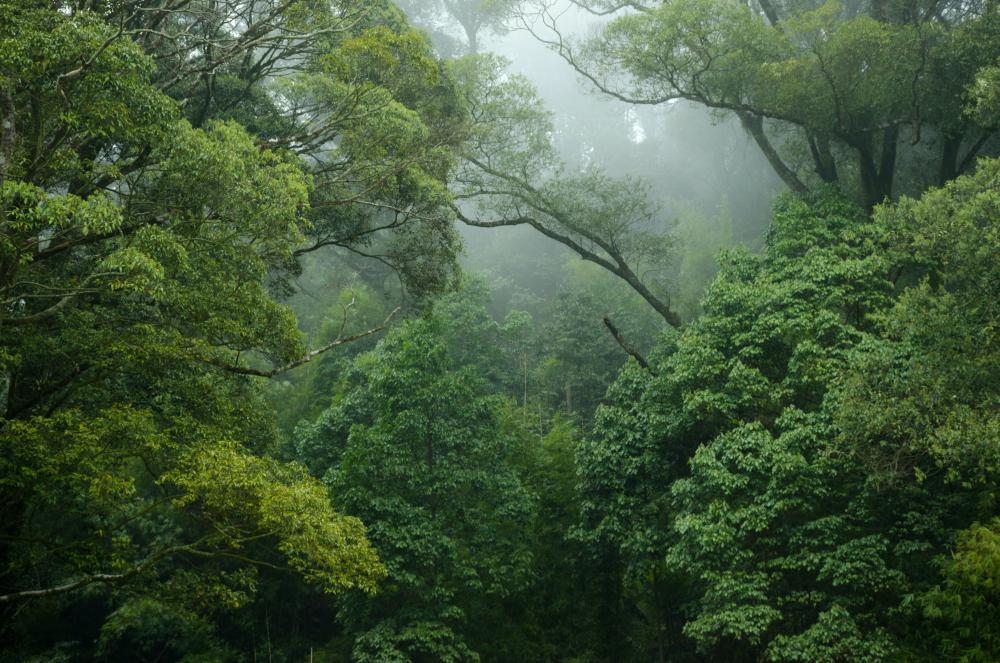
Water.org
Prepare to be impressed by some figures here. Since forming in 1990, Water.org has helped 35 million people in 11 countries, have access to safe water and sanitation. Originally known as WaterPartners International, its founders Gary White and Matt Damon, have worked to raise awareness and access to these daily essentials, for every 2-minutes a child dies from water-related diseases. But through “smart solutions” such as small loans, Water.org helps provide access to affordable clean water, and sanitation measures.
Animal Welfare Institute
Predominantly based in the US, with some international outreach. The objective facing this charity is one of the hardest; to help animals in need, who are suffering due to human action. This encompasses animals in laboratories, marine life, domestic pets, farm animals, wildlife, and more. Always advocating for their better treatment.
Their methods of help include education; both in the classroom and outside of this (with a partnership to HarperCollins Children’s Books), while their online knowledge e.g. what having a pet entails, legislation, history, facts etc is a massive encyclopaedia of help. In fact, the information on their website is so highly detailed, that you’ll not only learn a great deal, but are also helped in what choices and changes you can make – affecting a real positive change.
The Animal Welfare Institute also raises awareness and advocates for change, with legal departments to defend, campaign, and change policies and law. For example, in 2019 they successfully ended publicly displayed captive whales and dolphins within Canada.
Partners in Health
Here for the long journey, Partners in Health make house calls, work in communities, and in partnership with local government to ensure a stronger system of health. Using their experience from living in the affected community, together with the resources of leading medical and academic institutions, they aim to ensure modern medical care is provided for all.
In 2020, they saw 2.8 million outpatients, did 2.1 million home visits and 2 million female-health check-ups. They work tirelessly to provide people with whatever medical assistance they need, from TB, cholera, mental health, cancer, HIV, AIDS, maternal health, Ebola and many more. But they don’t stop here, they also provide care for children across both medical (including malaria concerns) and nutritional support; from high-calorie food to families being able to provide for themselves with hens and roosters. They’ve also helped children with school fees and supplies, and supported adults to go back to school. In summary, they go above and beyond.

Image is courtesy of Julia Zyablova from Unsplash
Sierra Club Foundation
Seeks to preserve and rebuild the natural environment of the United States through securing land and water, supporting diverse and inclusive programs and policies, legal advocacy, campaigning, combatting pollution, education, and promoting clean energy. Its programs encouraging a connection between the public and the environment; helping to build an appreciation and desire for its protection.
Sierra Club Foundation is also the fiscal sponsor of the Sierra Club, it’s aim and objectives matching the foundation; advocating for protected environmental space, clean energy and for the public to have access to the great outdoors. “From securing protection for 439 parks and monuments, to winning passage of the Clean Air and Endangered Species Acts, to putting over 281 coal plants on the path to replacement with clean energy, to securing the right of every kid in America to visit a national park”.
International Rescue Committee
Provides humanitarian aid to communities who have been impacted by disasters, war, and conflict. Responding within 72 hours, the International Rescue Committee continues its support by staying and helping people rebuild their lives. In just a year (based on 2019) they provided; education to over a million children; supported thousands of businesses both new and old; gave awareness sessions on a range of relevant areas, including ‘conflict mitigation’; trained tens of thousands of people on child protection and gender violence; reached a million more on these important issues and human rights. Not to mention they also support schools, help resettle refugees, and provide clean water, health services, places of learning and safe spaces. Thing is, this is still the top of the iceberg in what the International Rescue Committee can do, including helping with issues of malnutrition, and supporting women-centered programs.
Started in 1933, it began in answer to Albert Einstein’s call for help – at the time for those suffering under Hitler. Since its beginning, the number of people and ways in which they can help continue to grow, with its research ensuring the best long-term care and support.
Friends of the Earth International
Are campaigners of justice for a range of environmental and related social issues, from raising awareness, advocating for change, to defending the environment and its wildlife. Alongside this they aim to support the rights of local communities, women, and indigenous people.
Another objective and focus of Friends of the Earth International is to ‘reverse environmental degradation and depletion of natural resources, nurture the earth’s ecological and cultural diversity, and secure sustainable livelihoods.’
In addition, they throw their efforts not just into supporting, but also defending local and national environments. From food sovereignty – local small-scale farming. Economic justice solutions. Community involvement and increased equality. Climate justice and clean energy. Community management of forests. Conservation of habitats. To protesting large scale plantations and privatisation. All the while challenging corporate misuse.
Friends of the Earth also work to defend small communities, activists, or journalists, who can suffer horrendously for speaking out and fighting back against the destruction of their homes and livelihoods. They also recognise the importance of sharing information, knowledge, and stories by creating opportunities for political education, such as summer camps, exchange programmes and annual Schools of Sustainability.
Direct Relief
Provide humanitarian aid “with a mission to improve the health and lives of people affected by poverty or emergencies”. Direct Relief works hard to provide health support on a range of issues from cancer, HIV, AIDS, Ebola, cholera, rare diseases, community health, diabetes, trauma, social vulnerability, and maternal health etc. However, Direct Relief isn’t focused on just being reactive, but is also proactive in its measures, from preventing diseases, to having medical supplies ready and available for those living in areas prone to natural disasters, such as hurricanes.
Rainforest Trust
With an objective of safeguarding 50 million acres of rainforest, this charity is already well on the way, having protected over 37 million acres. Through partnerships, the Rainforest Trust formulate sustainable plans for conservation, and work with local communities and governments to ‘formally establish reserves protecting the land’, and to continue this protection through the creation of economic opportunities e.g. ecotourism.
The lands chosen for protection are of great importance to biodiversity and provide wildlife refuge. They also help to connect different reserves together, and therefore create a network of travel for wildlife. For example, the Rainforest Trust have helped safeguard and create an Andes-Amazon Conservation Corridor in collaboration with indigenous communities, and the Peruvian government. In addition, they’ve built national parks such as the 2.2 million acre Lomami National Park – the first national park to be declared in the Democratic Republic of Congo, in two decades. Furthermore, through the preservation of their habitat, the Rainforest Trust has actively prevented endangered species from becoming extinct, such as Dahl’s Toad-headed Turtle, and Red Panda’s in the Himalayas.
In 2016, Rainforest Trust launched the ‘SAVES Challenge’ which matches your donation 1:1, so there’s never been a better time to donate
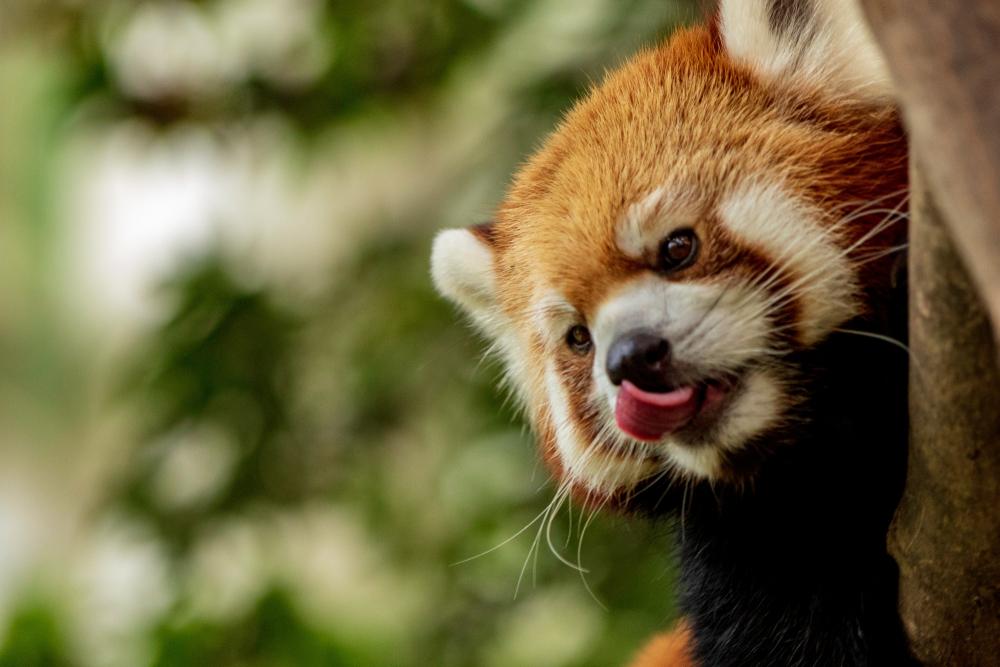
Image is courtesy of Michael Payne from Unsplash
Médecins Sans Frontières (Doctors Without Borders)
Provide immediate and long-term medical help to those affected by disasters, conflict, epidemics, or are without access to health care. Ensuring the right medical treatment. To make sure there’s future access to medicine, Médecins Sans Frontières have also setup clinics, health programmes, and ambulance services, whilst having mobile treatments for those cut off from help. They also campaign and fight for better treatment, and to raise awareness of issues such as sexual and gender-based violence, in addition to providing medical assistance and support.
International Animal Rescue
Rescue, rehabilitate and release animals back into the wild, whilst also working to protect their habitats. The International Animal Rescue, in partnership with other organisations, have established the first ever orangutan rescue and rehabilitation centre in West Borneo, and in India they’ve rescued over 600 dancing bears, with the bears now living their remaining days in sanctuaries.
They also work to rescue brown bears across Armenia, and have established the only specialist slow loris rehabilitation centre in Indonesia. Which aims to rehabilitate and release slow loris’ back into the wild, but when they’re unable to be released (due to the cruel treatment of poachers) they ensure permanent care for them at the centre. They also rescue and rehabilitate macaques in Indonesia, and howler monkeys in Costa Rica, in particular largely orphaned babies. While in the UK, they look after abandoned cats and help strays in India and Indonesia, and in Malta have campaigned to end the shooting of birds in migration.
International Animal Rescue also know that to stop the poaching and hunting of animals, they need to work in areas of prevention. In the example of the slow loris’ they research the causes, track those released back into the wild, and work closely with ‘local authorities and the police in their efforts to apprehend wildlife criminals and bring them to court.’Furthermore, they run educational programmes and awareness campaigns.
The Rotary Foundation of Rotary International
Founded in 1905, this charity boasts over 1.2 million members, and 35,00 clubs around the world. Discussing community needs and solutions, they provide immediate, short-term, and long-term assistance. The Rotary Foundation of Rotary International focuses on the following causes; promoting peace; clean water, sanitation and hygiene; supporting mothers and children; education; growing local economies; ending polio; fighting diseases; protecting the environment; and disaster response. In just looking at fighting disease they’ve setup temporary clinics, created infrastructure, combat polio and other diseases, to providing health education and more.
Not to forget they have programmes that provide grants, scholarships, and networking opportunities for further help.
Sheldrick Wildlife Trust
This charity’s list of activities will dazzle you; aerial surveillance; canine support – to track poachers and illegal wildlife products; eco lodges, with the funds being used for protection and conservation; saving habitats, with 500,000+ trees planted in 2020, and protecting 330,00 acres with fences built and maintained; water for wildlife (both permanent and temporary water sources); anti-poaching tactics; community education; wildlife orphan program with rescue through to release; and veterinary units. Phew, that’s a lot! Making this charity more than mighty in its positive impact.
Based in Kenya, Sheldrick Wildlife Trust are most known for its rescue and rehabilitation of elephants, being one of the most successfully run programs in the world – with 263 orphans being successfully raised. Its veterinary units are mobile meaning they can provide aid fast, and with aerial techniques and anti-poaching methods they’re highly active. What’s more, is that these aerial techniques are due to 7 fixed-wing aircrafts and 2 helicopters, which are used to perform a range of tasks, from patrols against poachers, search and rescue, veterinary interventions, to fire-fighting assistance and more.
Meanwhile their aerial work, in conjunction with reports on illegal activities, has allowed them to make successful ambushes on poachers/hunters, and from this arrests. In partnership with Kenya Wildlife Service, they run 16 anti-poaching teams, and two more with Mara Elephant Project. These, along with foot patrols, and canine and aerial support, means that in 2020 alone; 9,067 snares were removed, over a 100 weapons seized and nearly 200 people were arrested.
The Sheldrick Wildlife Trust, provides assistance not only to the majestic elephants, but to a range of wildlife across Kenya, such as rhinos and giraffes. Then there’s the educational programmes; helping with school infrastructure, sports days, scholarships and wildlife field trips.
Working in partnership with local communities and national bodies, the Sheldrick Wildlife Trust ensures a wildlife that’s left to thrive in Kenya.
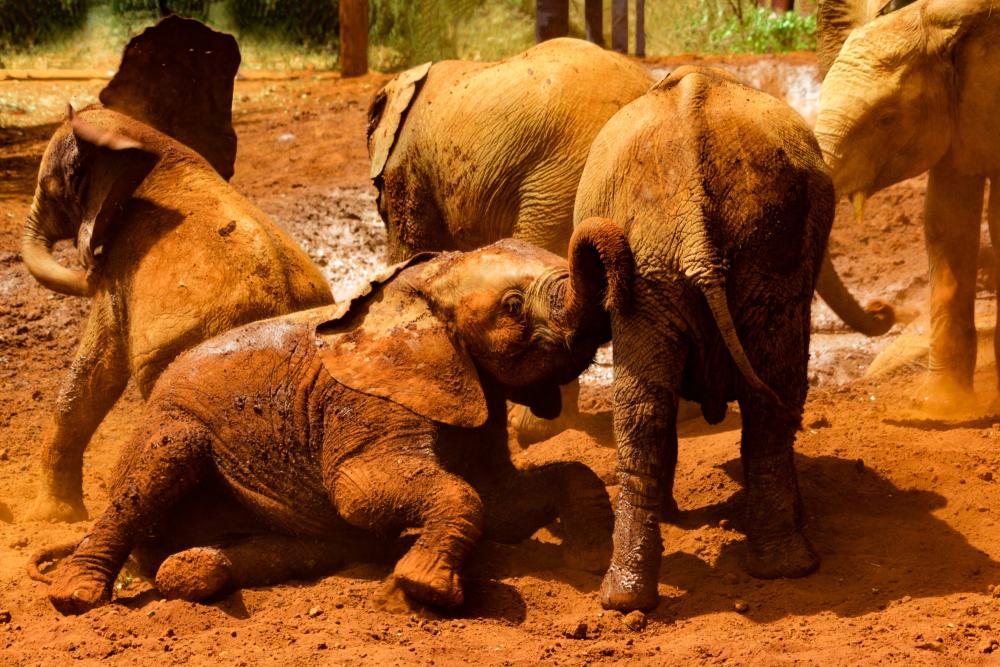
Image is courtesy of Alex Mercado from Unsplash
International Relief Teams
International Relief Teams assist in the recovery and support of those affected by poverty and disasters. Through medical assistance, construction, health services, education support, to providing supplies and financial help in rebuilding infrastructure, this charity looks to make a difference.
Immediate emergency help to long-term relief, International Relief Teams ensure medical and surgical assistance, provide supplies to rural communities, and help with eyesight difficulties. They also deliver food, education, shelter, medical care, and clothing in their monthly support to an orphanage in Mexico. Then there’s food programs to homeless or low-income children in San Diego, and nutritional food supplements for chronic malnutritional children in Guatemala.
That’s the end of our list, but we could go on forever with there being many great charities and non-profit organisations. So have a look out there, and see who you can help, and it doesn’t have to be with money. You can help just as much through volunteering, donating items, to even spreading the word about them.

